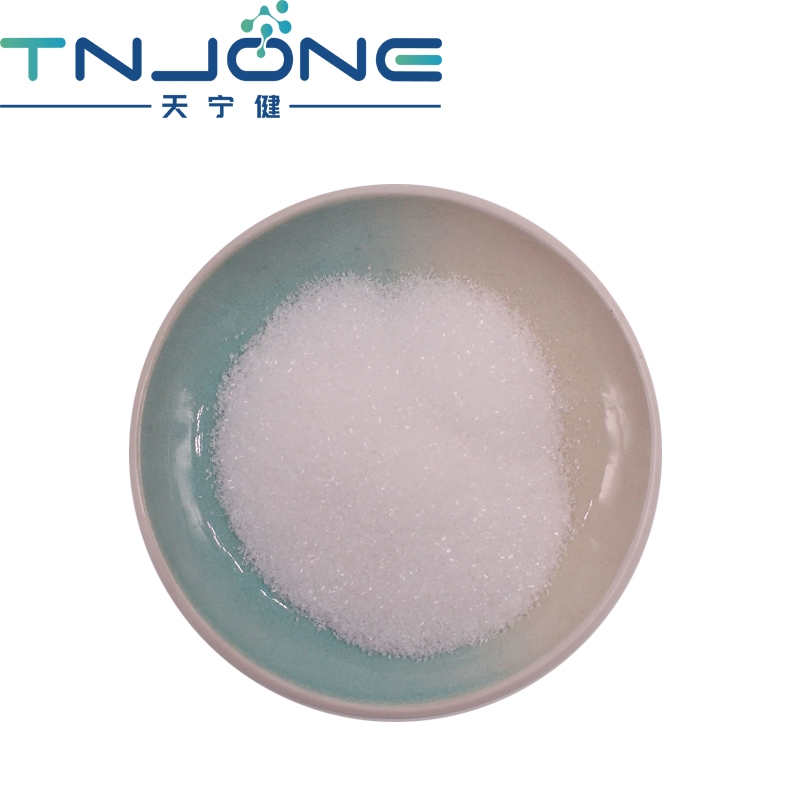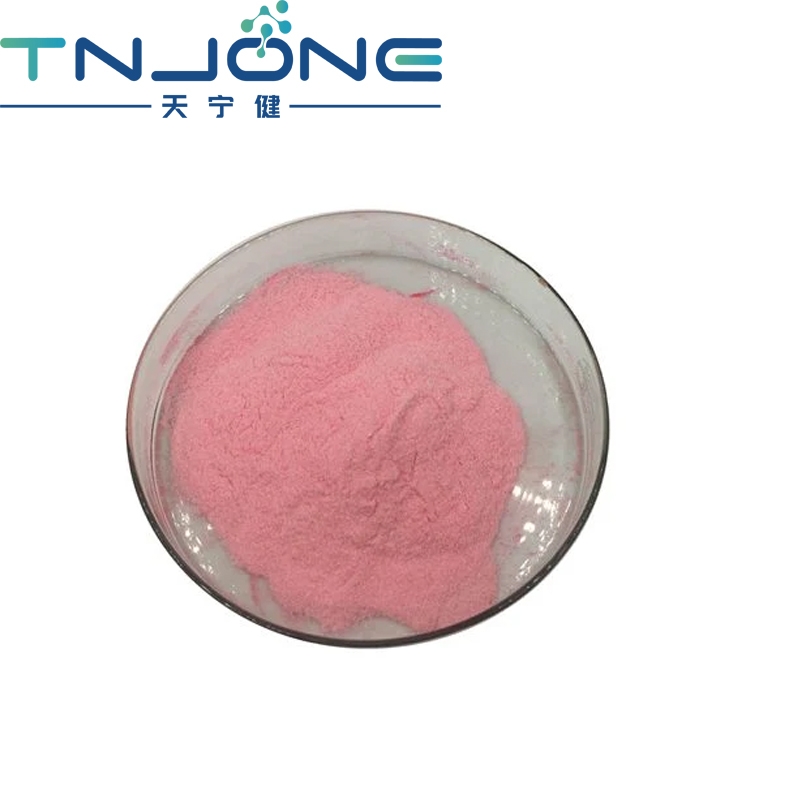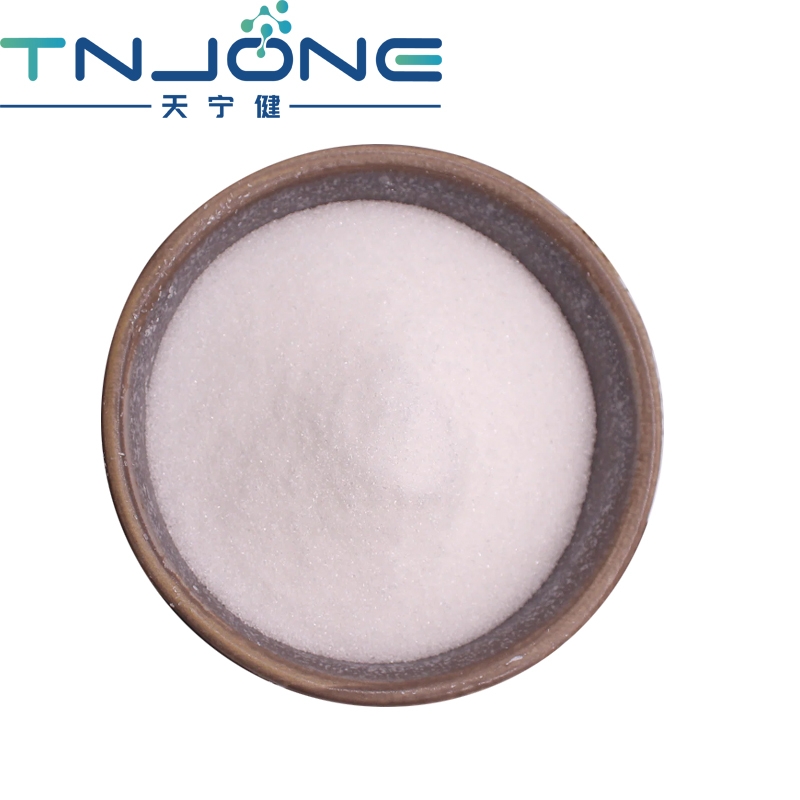-
Categories
-
Pharmaceutical Intermediates
-
Active Pharmaceutical Ingredients
-
Food Additives
- Industrial Coatings
- Agrochemicals
- Dyes and Pigments
- Surfactant
- Flavors and Fragrances
- Chemical Reagents
- Catalyst and Auxiliary
- Natural Products
- Inorganic Chemistry
-
Organic Chemistry
-
Biochemical Engineering
- Analytical Chemistry
-
Cosmetic Ingredient
- Water Treatment Chemical
-
Pharmaceutical Intermediates
Promotion
ECHEMI Mall
Wholesale
Weekly Price
Exhibition
News
-
Trade Service
.
The China-Cambodia Free Trade Agreement covers a wide range of fields, including trade, tourism, investment, transportation and agriculture
.
The proportion of China's zero-tariff items for trade in goods to Cambodia has reached 97.
53%, and the Cambodian party has given China 90% of zero-tariff items, which is the highest level in all free trade agreement negotiations between the two parties so far
.
.
The proportion of China's zero-tariff items for trade in goods to Cambodia has reached 97.
53%, and the Cambodian party has given China 90% of zero-tariff items, which is the highest level in all free trade agreement negotiations between the two parties so far
.
Although the vast majority of Cambodia’s exports to China go through the China-ASEAN Free Trade Area (ACFTA), which can be exempted from tariffs, the free trade agreement has extended tariff-free trade to more than 340 products, such as seafood products, garlic, cashew nuts and dried peppers.
and so on
.
and so on
.
From January to May of 2021, Cambodia’s exports to China amounted to US$558 million, a year-on-year increase of 56% compared to 2020
.
The growth mainly comes from the export of agricultural products.
China's demand for Cambodian agricultural products is increasing.
In the first five months of this year, Cambodian fruit exports surged by 200%
.
.
The growth mainly comes from the export of agricultural products.
China's demand for Cambodian agricultural products is increasing.
In the first five months of this year, Cambodian fruit exports surged by 200%
.
Currently, Cambodia has only two fresh fruits, bananas and mangoes, approved to export to China, but the growth rate cannot be underestimated
.
In 2018, Cambodia was allowed to export bananas to China.
In 2019, the total amount of bananas exported to China reached 130,000 tons
.
In 2020, Cambodia has become China's third largest banana supplier with a market share of 20%, second only to the Philippines and Vietnam
.
.
In 2018, Cambodia was allowed to export bananas to China.
In 2019, the total amount of bananas exported to China reached 130,000 tons
.
In 2020, Cambodia has become China's third largest banana supplier with a market share of 20%, second only to the Philippines and Vietnam
.
In 2020, Cambodian mangoes officially obtained customs clearance.
In May 2021, Cambodia sent the first batch of 100 tons of mangoes to China
.
In the first seven months of this year, Cambodia’s exports of fresh mangoes reached 161,000 tons, a year-on-year increase of 248%
.
In May 2021, Cambodia sent the first batch of 100 tons of mangoes to China
.
In the first seven months of this year, Cambodia’s exports of fresh mangoes reached 161,000 tons, a year-on-year increase of 248%
.
It is reported that China is currently evaluating applications for Cambodian longan to be exported to China, and longan may become the next Cambodian fruit approved for import
.
In addition to longan, China and Cambodia will give priority to negotiations on the export of dragon fruit, coconut and other fruits
.
Cambodia has already begun to assess the feasibility of investing in dragon fruit exports to China
.
A large-scale dragon fruit planting project has been launched, and the main export target is China .
.
In addition to longan, China and Cambodia will give priority to negotiations on the export of dragon fruit, coconut and other fruits
.
Cambodia has already begun to assess the feasibility of investing in dragon fruit exports to China
.
A large-scale dragon fruit planting project has been launched, and the main export target is China .
For the past ten years, investment from China has been the main source of Cambodia's development assistance
.
As of 2018, investment from China has reached 5.
8 billion U.
S.
dollars
.
China has funded large-scale irrigation projects, rice mills and agricultural schools in Cambodia
.
A list of 100 projects funded by China in the past 20 years shows that 17% of all projects are related to agriculture
.
.
As of 2018, investment from China has reached 5.
8 billion U.
S.
dollars
.
China has funded large-scale irrigation projects, rice mills and agricultural schools in Cambodia
.
A list of 100 projects funded by China in the past 20 years shows that 17% of all projects are related to agriculture
.
Negotiations on free trade agreements usually last for several years or even more than ten years, and the progress of the China-Cambodia free trade agreement can be said to be "swift
.
" At the end of 2019, China and Cambodia completed a joint feasibility study for free trade negotiations and proposed to start negotiations
.
In July 2020, the two sides announced the completion of negotiations on the China-Cambodia Free Trade Agreement
.
In July 2021, Cambodia will submit the free trade agreement to the National Assembly for approval.
The original plan was to take effect in early 2022
.
Only two months later, the National Assembly of Cambodia approved the free trade agreement on September 9
.
Agricultural products are an important area of economic cooperation between China and ASEAN countries.
The China-Cambodia Free Trade Agreement will bring more Cambodian fruits and agricultural products to the Chinese market
.
.
" At the end of 2019, China and Cambodia completed a joint feasibility study for free trade negotiations and proposed to start negotiations
.
In July 2020, the two sides announced the completion of negotiations on the China-Cambodia Free Trade Agreement
.
In July 2021, Cambodia will submit the free trade agreement to the National Assembly for approval.
The original plan was to take effect in early 2022
.
Only two months later, the National Assembly of Cambodia approved the free trade agreement on September 9
.
Agricultural products are an important area of economic cooperation between China and ASEAN countries.
The China-Cambodia Free Trade Agreement will bring more Cambodian fruits and agricultural products to the Chinese market
.







